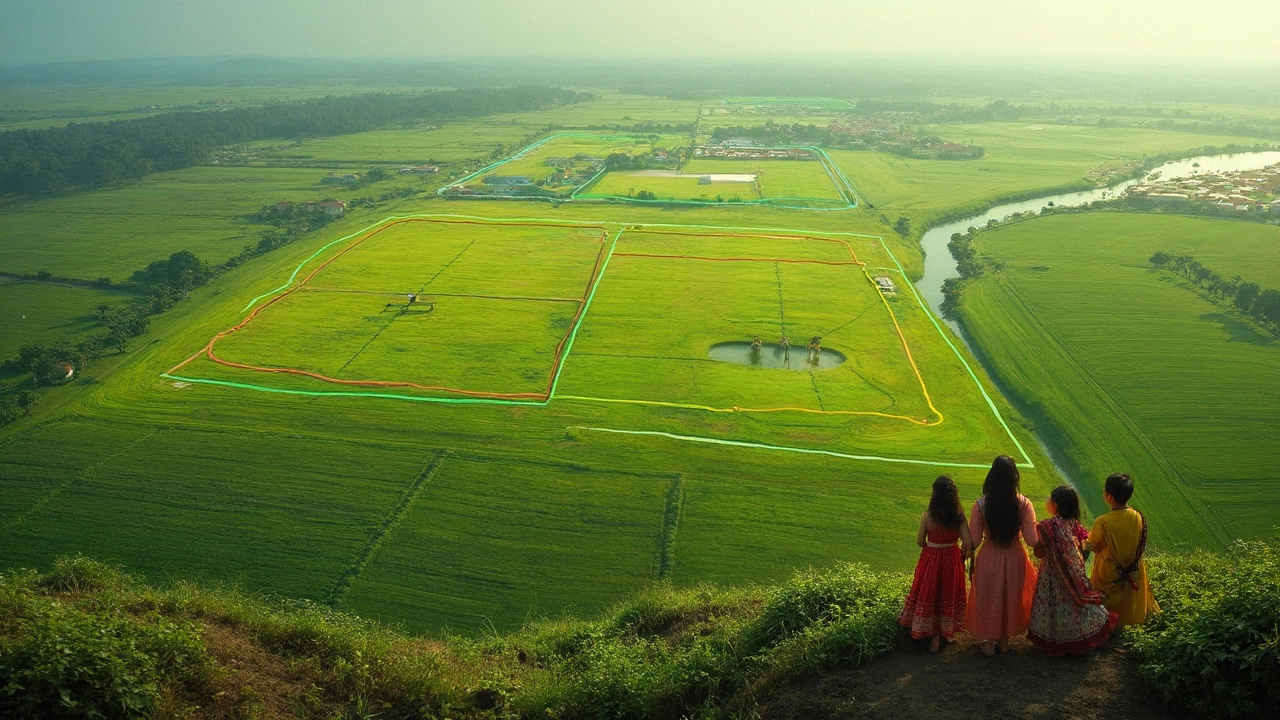Land Size Comparison: Simple Ways to Measure and Compare Plots
Thinking about buying or renting a piece of land? One of the first things you’ll do is compare the size of different plots. It sounds simple, but there are a few tricks that can save you time and money. In this guide, we’ll walk through the basics of land size comparison, why it matters, and the tools you can use right now.
Why Land Size Matters
The size of a plot determines what you can build, how much it will cost, and even its resale value. A 1,000‑square‑foot lot in a city might be worth more than a 5,000‑square‑foot piece in the countryside because location adds value. But if you’re looking for space to grow a garden, raise livestock, or add an extension, the actual square footage is what counts.
Another hidden factor is zoning. Some areas allow only a certain percentage of the land to be built on. Knowing the exact size helps you see if a plot meets those rules without a hassle. In short, accurate land size comparison helps you avoid surprises after you sign the contract.
Tools and Tips for Quick Comparison
First, get the dimensions. Most listings give length and width in meters or feet. Multiply those numbers to get the area. For example, a rectangular plot that’s 20 m × 30 m equals 600 m². If the shape is irregular, break it into smaller rectangles or triangles, calculate each piece, then add them together.
Online plot calculators are a big time‑saver. Just type in the dimensions and the tool spits out the area in the unit you need. Some apps even let you draw the outline on a map and calculate automatically.
When you have several plots to compare, put them in a simple table. List the plot name, dimensions, total area, and any notes about shape or slope. Seeing the numbers side by side makes it clear which option offers the most usable space.
Don’t forget to check the official land records. Survey documents often list the exact area, and they include any easements or setbacks that could reduce usable space. If the recorded size differs from the seller’s claim, ask for a fresh survey before you move forward.
Finally, think about the future. If you plan to expand the building later, a slightly larger lot might be worth the extra cost now. Use the land size comparison not just for today’s needs but for long‑term plans.
By following these steps, you’ll be able to compare plots quickly, spot the best value, and make a confident decision. Grab a notebook, pull up a calculator, and start measuring – the right land size could be just a few clicks away.
How Many Football Fields Is 1 Acre? Quick Land Size Comparisons
by Arjun Mehta Jun 12 2025 0 LandTrying to picture 1 acre? Here's how it stacks up compared to a football field. This article breaks down acre measurements in plain terms using real-world examples. You'll find out why using sports fields is handy for land deals and what else you can fit in an acre. Get tips for land buyers who want a clear visual before making a purchase.
READ MOREHow Big Is 100 Acres in Football Fields? Quick Land Size Comparison
by Arjun Mehta May 29 2025 0 LandEver wondered how big 100 acres really is? Comparing acres to football fields makes it easier to picture, especially if you're eyeing land for sale. This article breaks down the math, gives real-world size comparisons, and shares surprising ways people use plots this large. You'll walk away ready to spot a 100-acre parcel with confidence. Planning to buy or just curious, this quick guide is packed with practical info.
READ MORE
